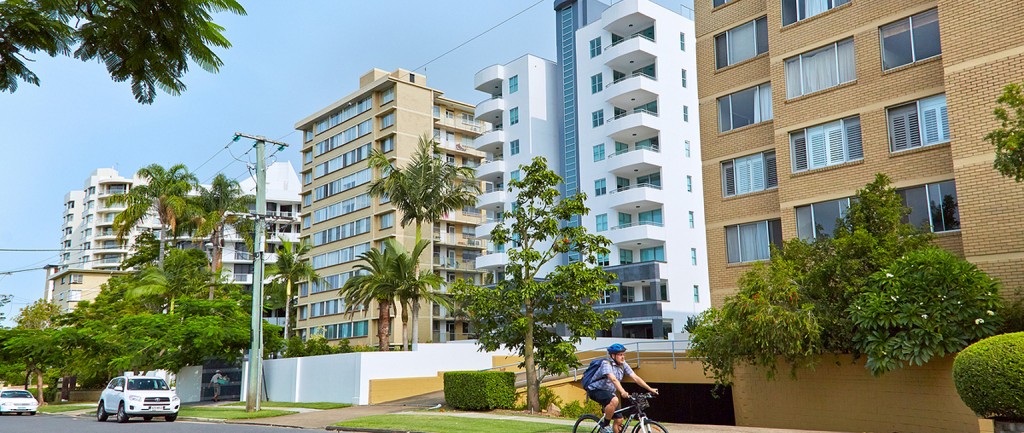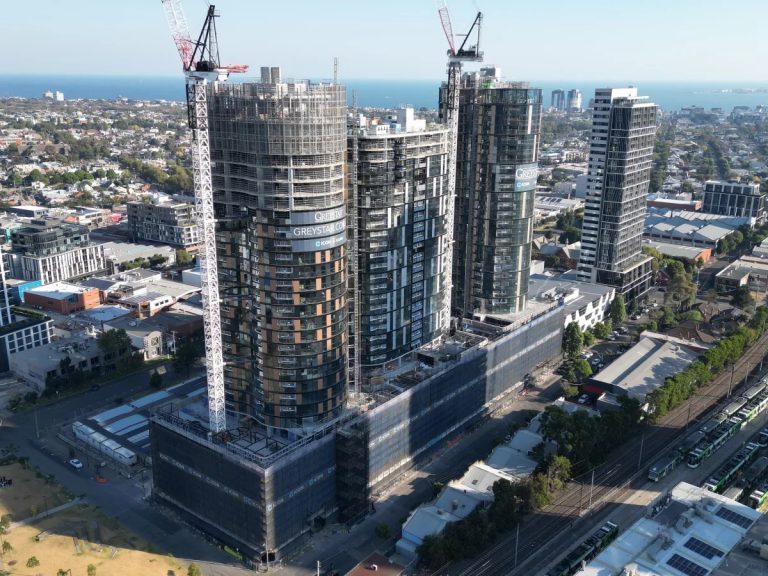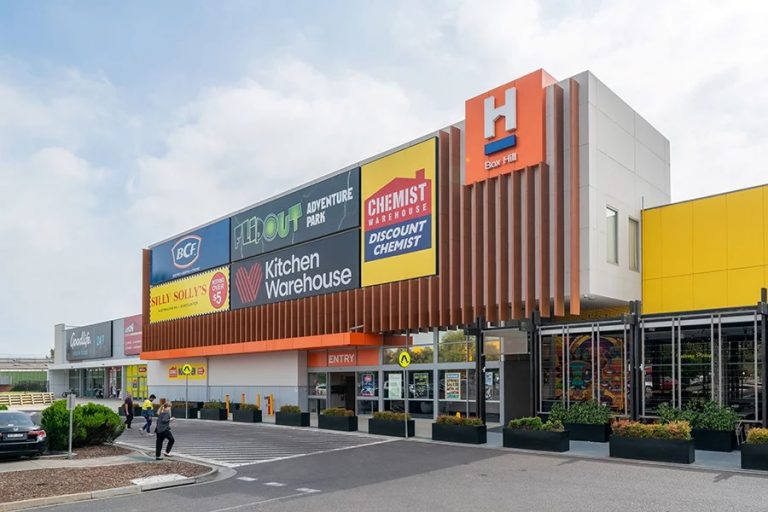Chinese commercial investment dries up by 37%

The level of Chinese investment in commercial property markets globally has slipped in 2016, and Australia is not immune.
Hit by a worldwide lack of landmark deals in the first half of the year, Chinese spending dipped 13.7% globally to $13.9 billion in the six months to July, according to a new Knight Frank report.
In Australia the drop-off was even more pronounced, with Chinese investors and developers spending $2.21 billion – 37% less than their outlay last year.
Foreign fight: USA hits back in battle for Australian commercial property
It would now appear highly unlikely that Chinese global commercial property investment will reach anywhere near the levels achieved last year, when deals like the $2.47 billion sale of New York’s Waldorf Astoria and China Investment Corporation’s purchase of a $2.5 billion portfolio of Australian property pushed it to record highs.
The news comes after realcommercial.com.au reported in August that the United States had re-emerged as the dominant player in Australia’s commercial property market.
In the first eight months of the year US investors poured more than $2.68 billion into Australian commercial property, well in excess of the $1.815 billion that came from China. Chinese investors spent $2.585 billion over the corresponding period in 2015.
The volume of Chinese investment in Australia is down considerably year on year because of a lack of mega-deals in the first half
Among the asset classes attracting less attention are offices, which have experienced a 65% drop-off in the number of deals linked to buyers from China, and hotels, which have fallen away by 42%, year on year.
But despite the slow year there is cause for optimism, Knight Frank head of research and consulting, Australia, Matt Whitby says.

The sale of Sydney’s “The Ribbon” is one of the largest of 2016.
“The volume of Chinese investment in Australia is down considerably year on year because of a lack of mega-deals in the first half, as large deals such as the Investa portfolio dragged the 2015 number higher,” Whitby says.
“Amid competition from other Asian buyers, however, there is a strong Chinese appetite for en-block commercial properties in both Sydney and Melbourne, attracted by rental growth supported by strong tenant demand and a supply shortage.”
Among the largest purchases by Chinese buyers in the first six months of the year were Zhengtang Group’s $493 million deal to buy the W Hotel Sydney and a separate $171 million deal to snare The Ribbon apartment complex in Sydney. Greenland Group also made a major play, completing the long-whispered sale of an Erskineville development site for $257 million.
Fewer buying opportunities, coupled with the positive rental outlook, have already attracted large Chinese private developers such as Poly Group and Shanghai Shenglong to the office market
Knight Frank head of Asian markets, Australia, Dominic Ong says despite the slowdown, Australia’s office market remains attractive to foreign buyers.
“Chinese and other Asian capital continues to be drawn mainly to the office markets in Sydney and Melbourne. Tenant demand from various sectors remains strong, but lack of supply has caused rents in both cities to rise and vacancies to fall. Yields, meanwhile, have been tightening, but are still above long-term bond yields,” Ong says.
“Fewer buying opportunities, coupled with the positive rental outlook, have already attracted large Chinese private developers such as Poly Group and Shanghai Shenglong to the office market. Since June there have been a number of major deals in the making, which will underpin the investment market outlook for 2016.”







